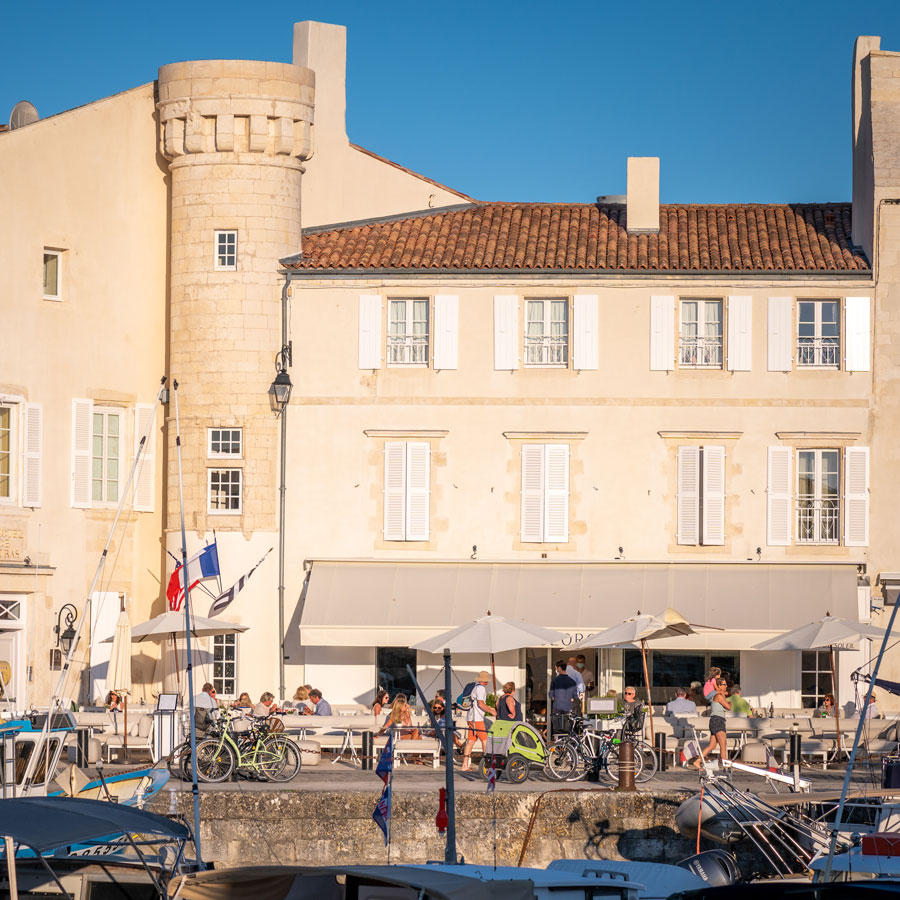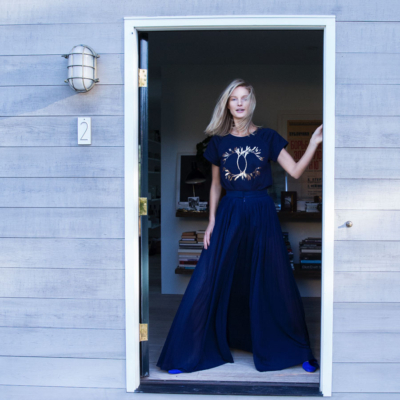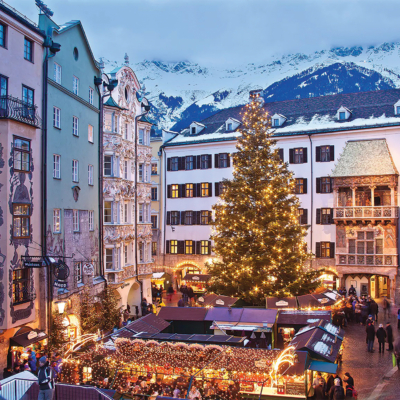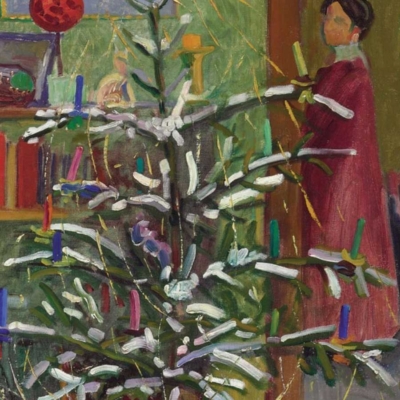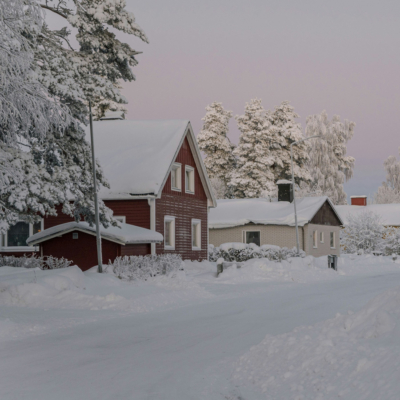Pristine, pretty and preferred by Parisians, Île de Ré, is also a much loved destination for some GLOSS editors who enjoy its multiple charms, from endless cycle tracks to top notch cuisine and chic hotels. As a taster to the island, here’s where we recommend to stay and dine as well as well as what to see …
Thirty kilometres from top to toe and just 5km at its widest section, Île de Ré is a UNESCO World Heritage Site known for its oyster beds and salt-marshes as well as its pristine sandy beaches. It’s been called the “St Tropez of the Atlantic” and also the “the 21st arrondissement of Paris” given the number of well heeled residents who have second homes on the island. It claims to enjoy as many hours of sunshine as the South of France, but it’s more lowkey than the Riviera, and therein lies one of its many charms. These include 140 kms of crisscrossing cycle paths, ten quaint villages, 13 beaches and an elegant, star-shaped port with cobbled streets and restaurants that spill out onto the pavement.
THE GLOSS Editor Sarah McDonnell says she feels excitement and happiness whenever she drives or takes the shuttle over the bridge from La Rochelle airport to the island. “While it might seem boringly bourgeois to some, over 16 years of visiting, I’ve found many interesting places to visit and things to do, and still there’s more to discover. Every village has a distinct personality and vibe, from beachy-laidback Bois-Plage to slightly faded-elegant St Martin. With the breeze in your hair, the sun on your back, cycling to the beach, through the vineyards, or to lunch at one of the little cabanes in the marshes, you feel like a kid again. And there’s all the sophistication of fancy restaurants, classical music and pretty markets and antique shops too, if that’s what you want.”
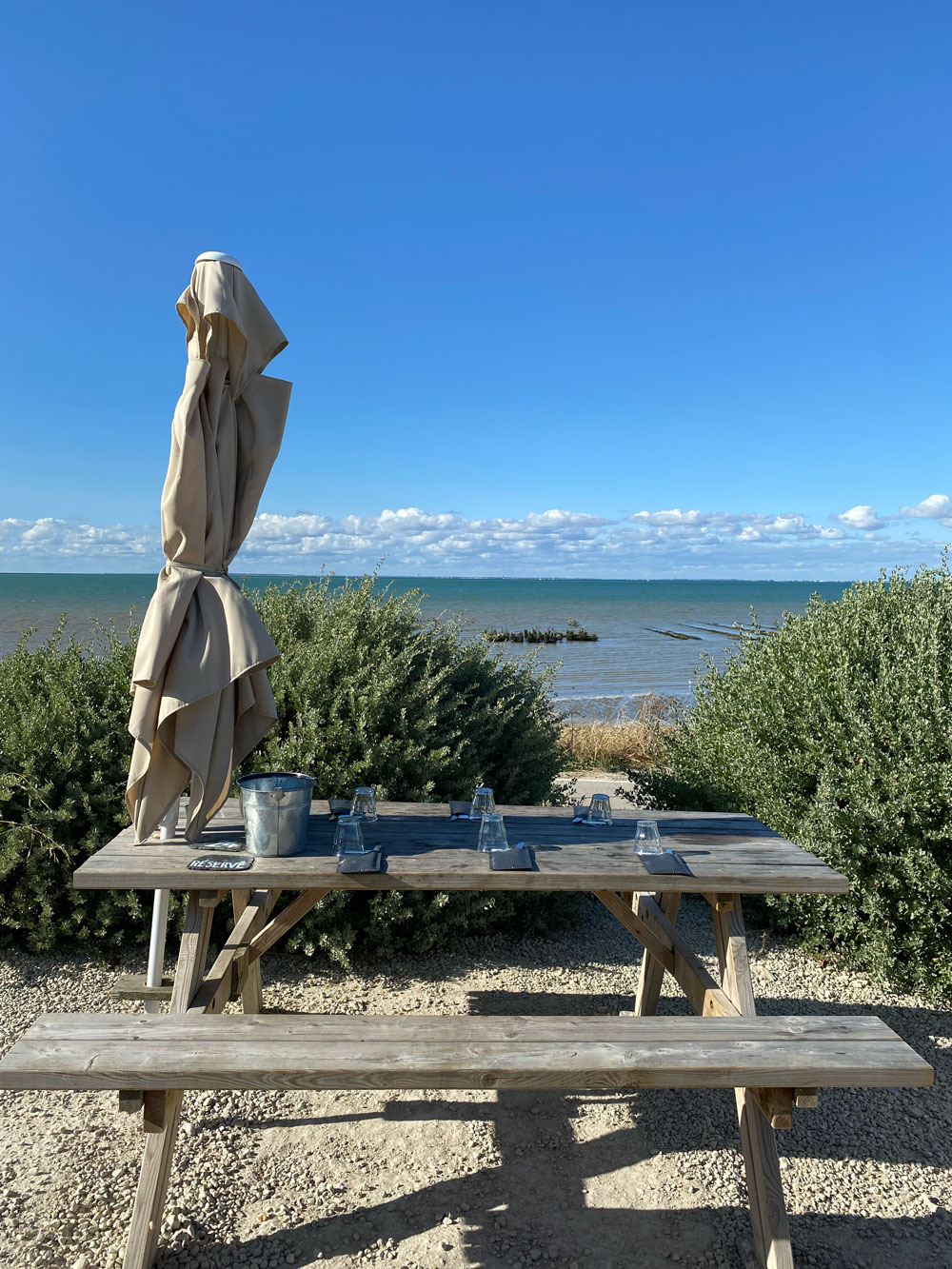
Deputy Editor Síomha Connolly, says her favourite foodie highlights include a cycle to La Cabanajam (pictured above) in St Martin for oysters and a glass of wine with the most picturesque backdrop, as well as a trip to La Couarde sur Mer where she recommends wine bar Method for a great selection of natural wines and small plates, perfect for al fresco dining. “For a buzzy dinner on the harbour in St Martin go to Bistro Marin for cote de boeuf – the portions are huge so go hungry!”
Working up an appetite is not a problem if you’ve spent most of the day on a bicycle. Cycle style here, by the way, is less lycra and more linen, so pack accordingly.
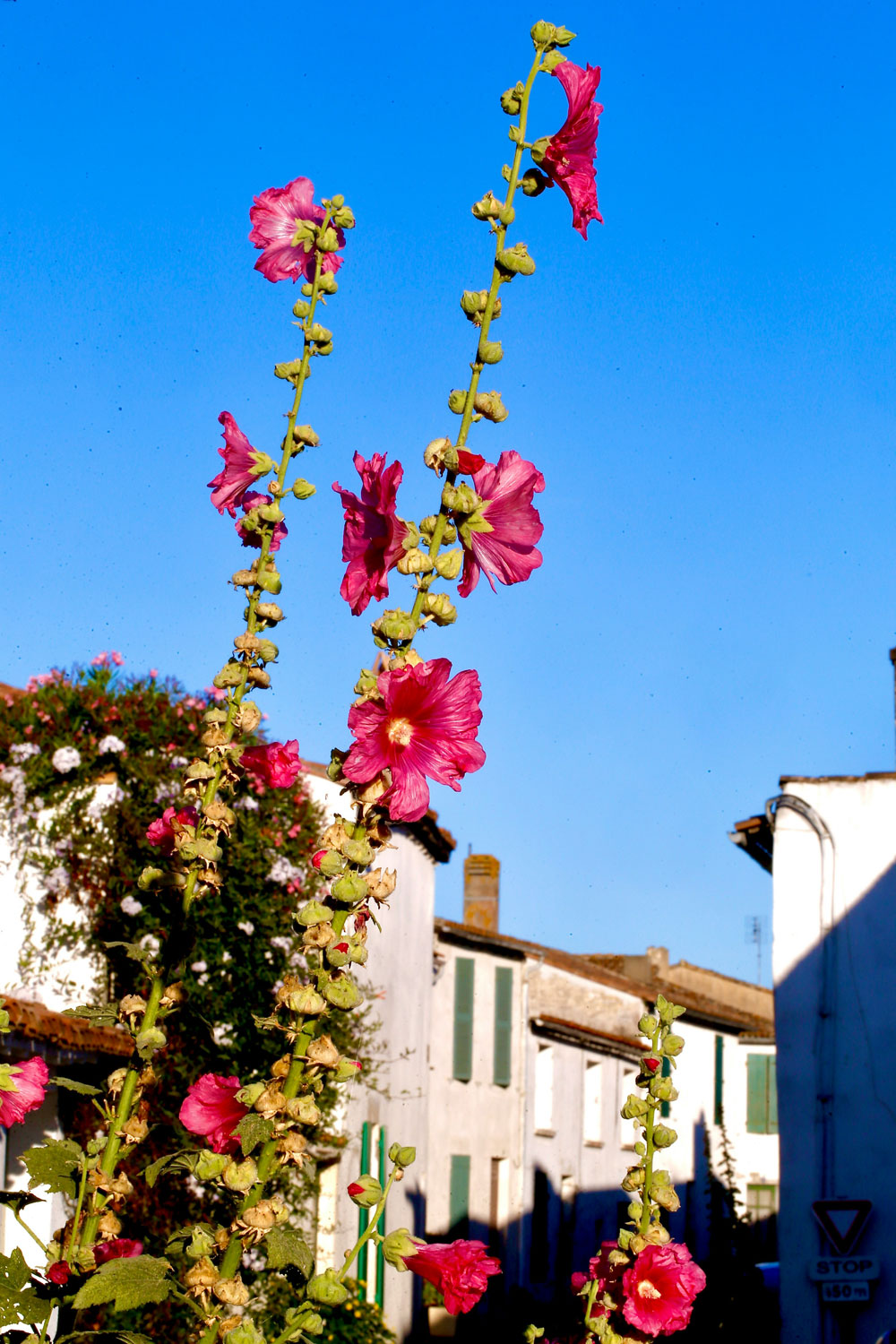
For me, Île de Ré is all about big skies, billowing drifts of wild fennel, coloured shutters and gorgeous hollyhocks. When I returned from my last trip to the island I immediately planted some hollyhocks which are a unique part of the island’s style. There’s an annual festive celebrating these roses tremieres, which bloom between June and September and look so pretty against the whitewashed walls of the island’s houses and villages.
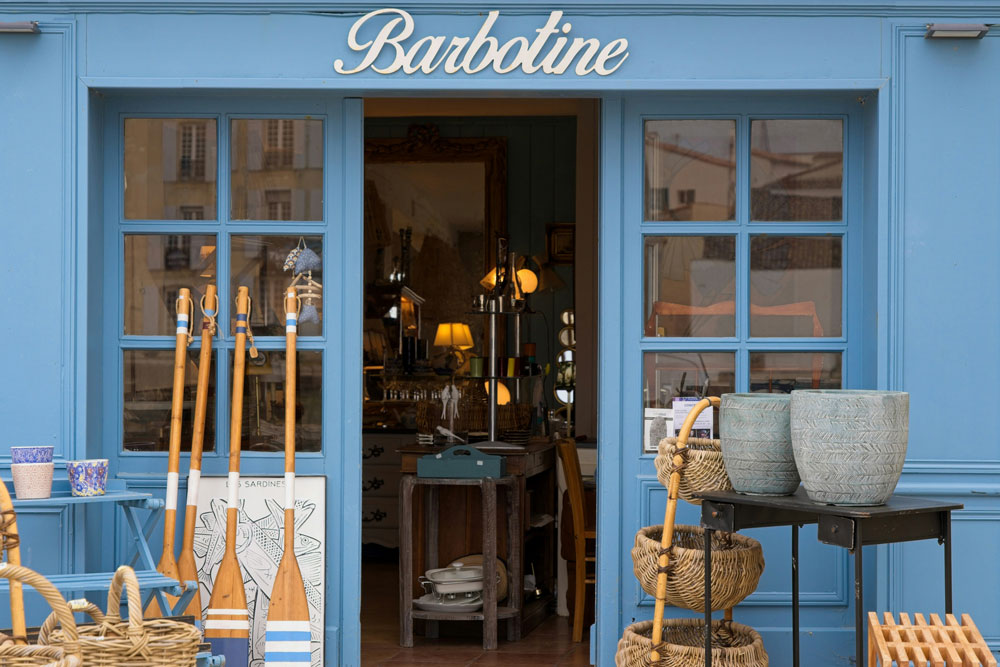
You may note too the lack of garish colours on the island – the facades and shutters of houses must be painted in a limited palette of chalky grey, green or blue colours. Don’t be surprised if you rethink your interiors style, as I did, after a visit.
As a taster to the island, here’s where we recommend to stay and dine as well as well as what to see:

Hôtel Le Sénéchal, Ars en Ré
There is a cool contemporary vibe in this hotel – a former 18th-century house just off the pretty square in Ars. The hotel also has satellite rooms tucked into other building nearby. Ars is the artiest of the villages on the Ile de Ré, with galleries and antique boutiques aplenty in its narrow streets and at the water’s edge. Wander into the magnificent old church (with landmark black and white spire), and around the lively daily market, or cycle through the salt marshes, a nature reserve and bird sanctuary, before a coffee at Le Café du Commerce. www.hotel-le-senechal.com.
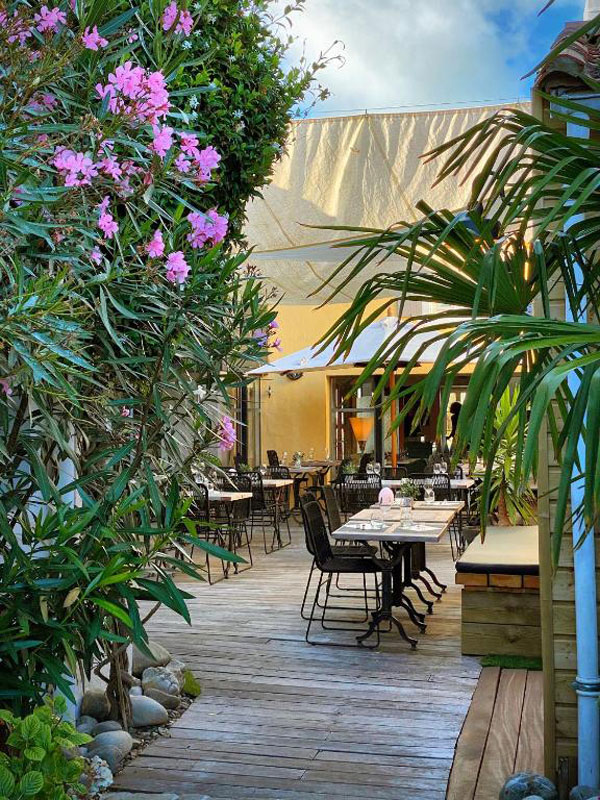
Hotel L’Océan, Le Bois-Plage en Ré
Bois-Plage is best for beaches – miles and miles of sand and glittering waves, with sailing and windsurfing schools in situ in the holiday season. (Have a cocktail at the beach bar in Plages des Gollandières, the sand between your toes and chilled tunes playing). L’Océan is a charming hotel, with individually decorated rooms, a pretty garden and a small pool. The village of Bois-Plage is small and pretty – a year-round covered food market is a must-see. In the evening there is a little arcade and amusements for children – if you’re looking for peace and quiet, head to Les Bois Flottais hotel and its good seafood restaurant, or back to L’Ocean – the excellent restaurant is on the terrace. www.re-hotel-ocean.com; www.lesboisflottais.com.
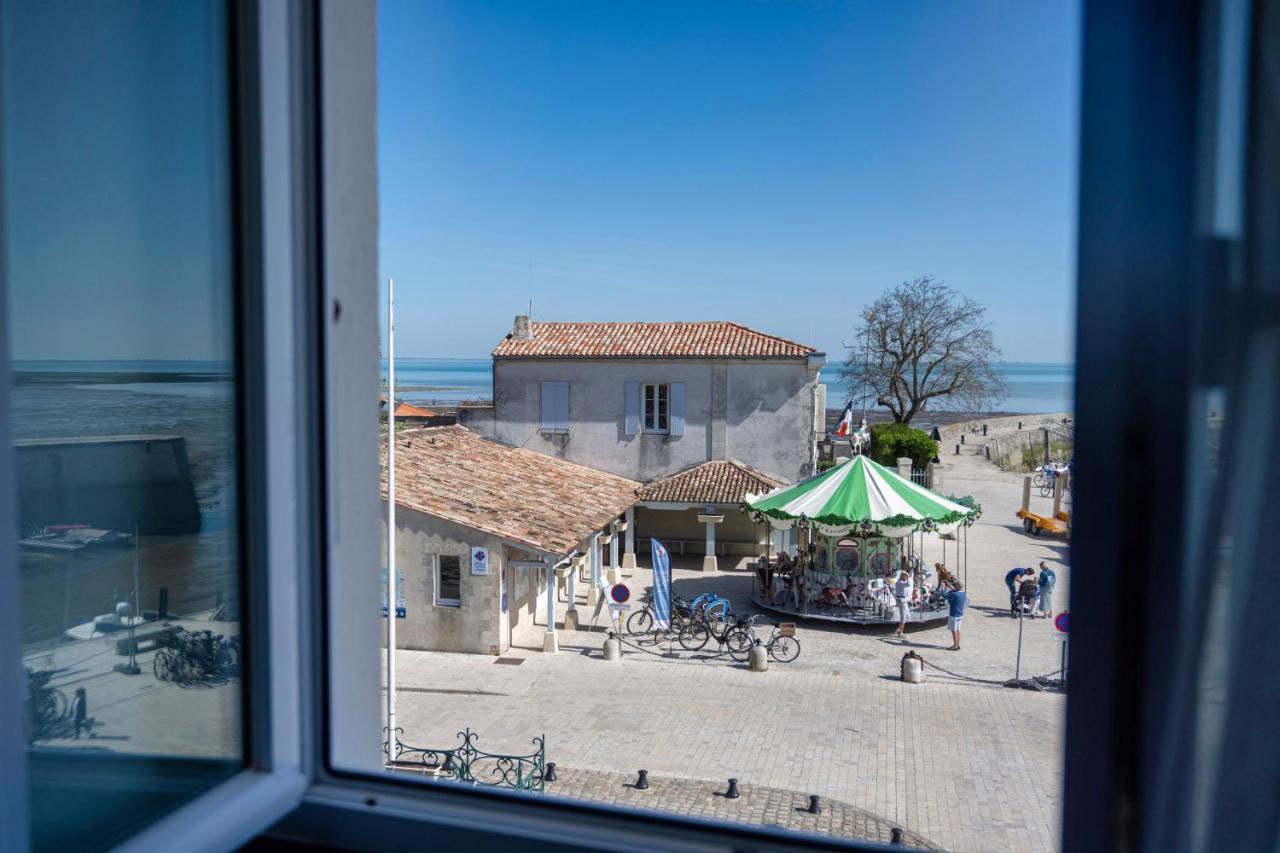
Hôtel Le Français, La Flotte en Ré
This traditional village hotel has been given a cool makeover with refurbished rooms and a proper bar (they have lots of ice, make cocktails and serve interesting beers!) and very good bistro. The hotel is right in the middle of the village at the pretty port. La Flotte has an old-fashioned elegance, with beautiful buildings in its quiet streets, an old carousel, and very often hosts musical evenings. As well as a semi-circle of restaurants and bars at the port, the seafront street has five or six casual spots, all with terraces. Instead of dessert, sample one of the 52 flavours at La Martiniére ice-cream parlour – there is one in almost every village on the island. Crepes, salad and cider at La Fiancée du Pirate make a lovely casual lunch. Don’t miss the medieval market. www.hotellefrancais.com.
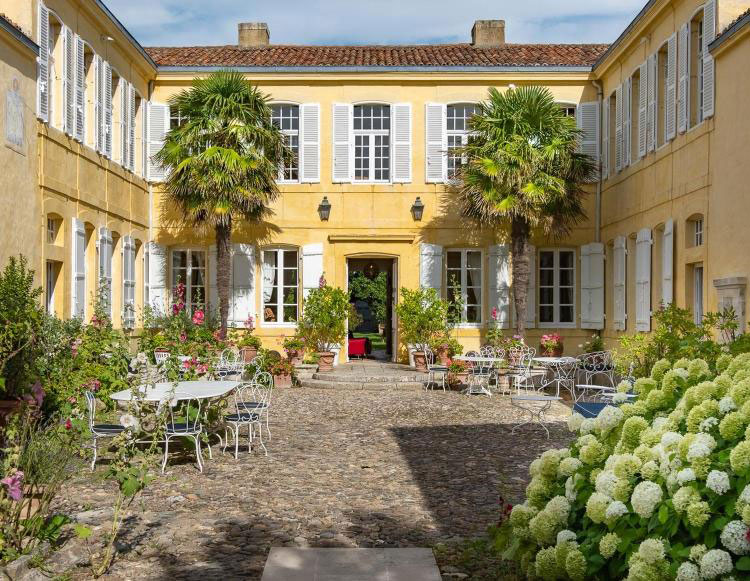
La Baronnie Hotel & Spa, Saint-Martin-de-Ré
The origin story of this 22-room hotel is impressive – Louis XVI once bought it for Marie Antoinette but don’t let that put you off. Yes, it’s grand but not at all stuffy or snooty. It’s right in the middle of St Martin but is a proverbial oasis of calm. The gardens are particularly lovely, with rose, jasmine and lavender bushes, as are the interiors defined by their antiques and toile de Jouy fabrics. I loved its library while breakfast is a highlight and worth paying the extra for a great buffet of local cheeses, pastries and fruit.
St-Martin-de-Ré is the main town of the island – do visit the Ernest Cognacq Museum at the far end of the town if you are a history buff. Grab a packed lunch from the town’s covered market if you are heading out for a day’s cycling. If you are feeling particularly energetic a hike up the 117 steps inside the bell tower of Église St-Martin rewards with a great view over the town and coast. Be warned: the bells ring for a few minutes every half-hour, in addition to a deafening ten minutes at 7am, noon and 7pm each day to announce the traditional call to prayer. www.hotel-labaronnie.com.
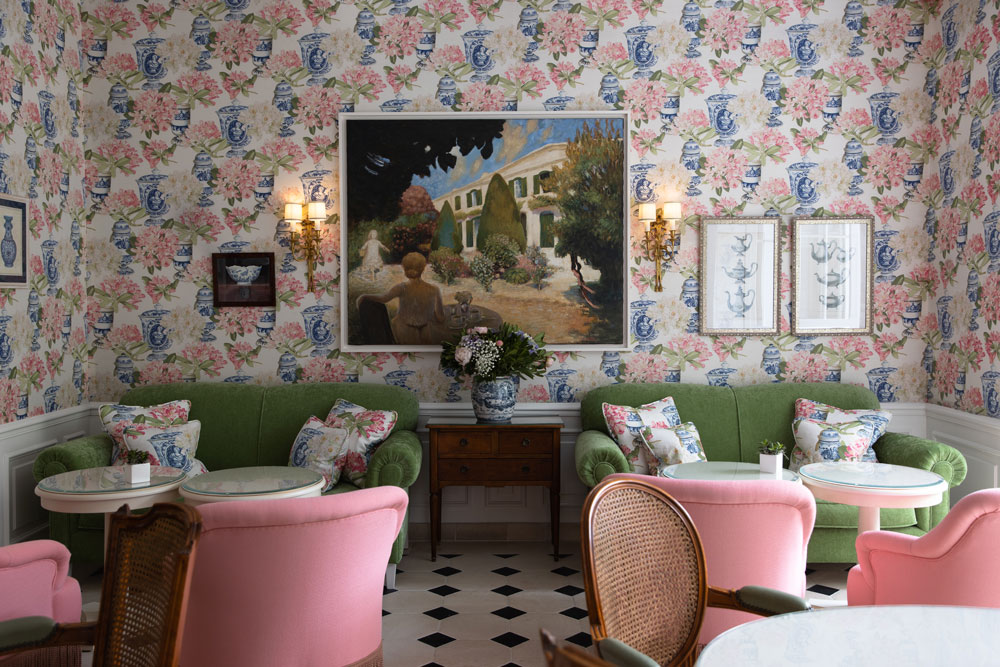
L’Hôtel de Toiras, Saint-Martin-de-Ré
Book this restored 17th-century merchant’s house for a special birthday or anniversary. It has 18 guest rooms and suites, and is celebrating its 20th anniversary this summer. The hotel was renovated recently in partnership with designer Pierre-Yves Rochon and there’s a new lobby, lounge, bar and restaurant with a large terrace extending out to the harbour. Its Salon d’Olivia is particularly pretty where guests can linger for coffees or cocktails. Breakfast is served in George’s restaurant. Around the corner from the Hotel is the Le Tout de Cru where a seafood is a speciality – crustaceans come piled high on silver platters. I also liked La Cabane du Feneau, open for lunch only, which serves its fruits de mers in wicker baskets. www.hotel-de-toiras.com.
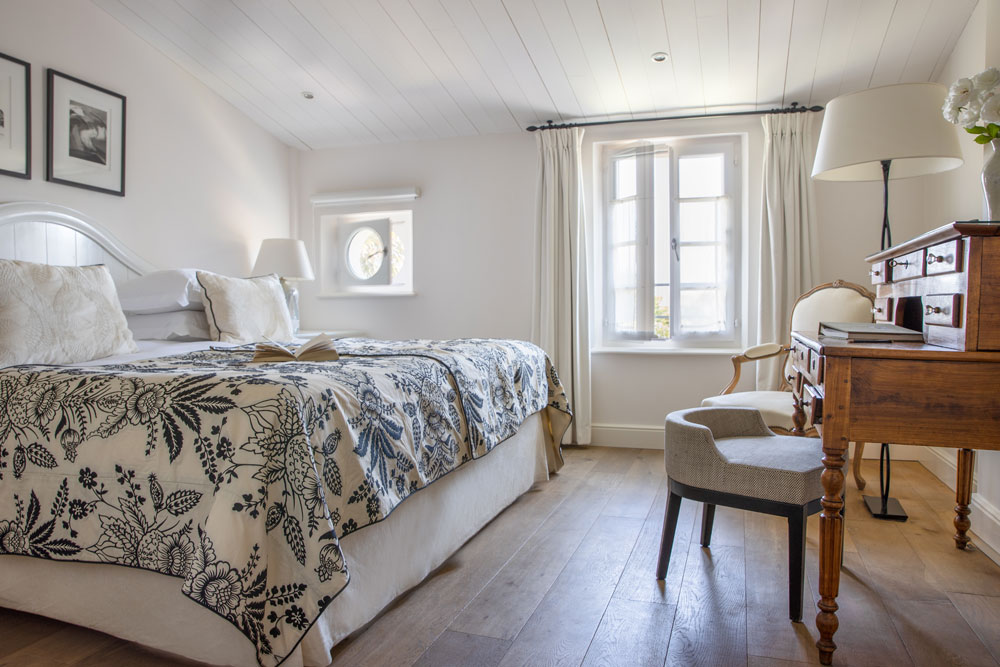
Villa Clarisse & Spa, Saint-Martin-de-Ré
This hotel is located in a discreet 18th-century townhouse centred around a cloistered courtyard. There are nine airy rooms and suites decorated with cool fabrics and understated design reflecting the blanched style of the Ile de Ré (all shutters and doors must be painted in one of just twelve permitted colours). Earlier this year a garden extension was completed, as was a mini spa and hammam using products by Olivier Claire. Wake up to the freshest breakfast, which is served fireside during the cooler months. The hotel team can arrange bicycle hire.
With your bike basket bursting with cheeses and baguettes head to the island’s north east peninsula where you’ll find some of the island’s finest and most desolate beaches – the Plage de Trousse-Chemis and the plage de la Patache as well as Le Phare de Re, a historic lighthouse lighthouse has been safely guiding ships around the island edge since it was built in 1854. Once you’ve wound your way up the 257 spiral steps – it is a bit of a slog – your reward will be views that stretch right back to mainland France. At its foot is the Musée des Baleines, which delves into the history of the lighthouse, and the Vieille Tour, a former lighthouse built in the 17th century that opens to visitors during the summer. www.villa-clarisse.com.





